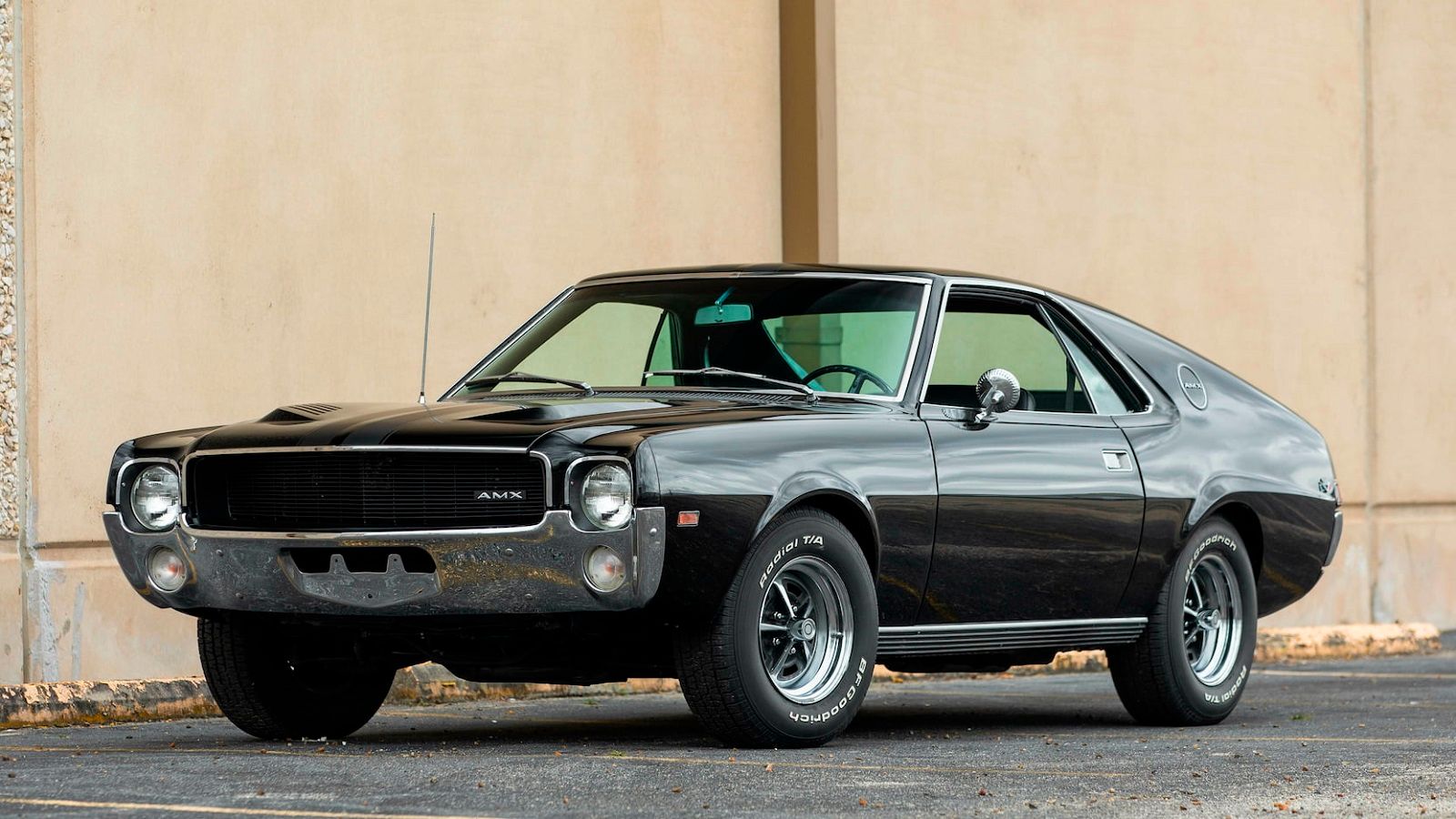 Mecum
Mecum
The American Motors Experimental, or the AMX as most called it, was a new design meant to lift the idea that AMX only produced economy cars for the masses. Not only did the executives at AMC want to join the muscle car revolution, but they also wanted to produce a vehicle that would put its name on the map and make a decent profit. One of the concept cars caught the management team’s attention and quickly became the first AMC AMX for public purchase in 1968. From there, history was made by being named the best-engineered car of 1969 and 1970 and by having an agreement with Playboy to have sales meetings between executives and dealers at nine different Playboy Club locations around the nation
9 Dick Teague And Company Created The AMX To Butt Heads With The Detroit Carmakers
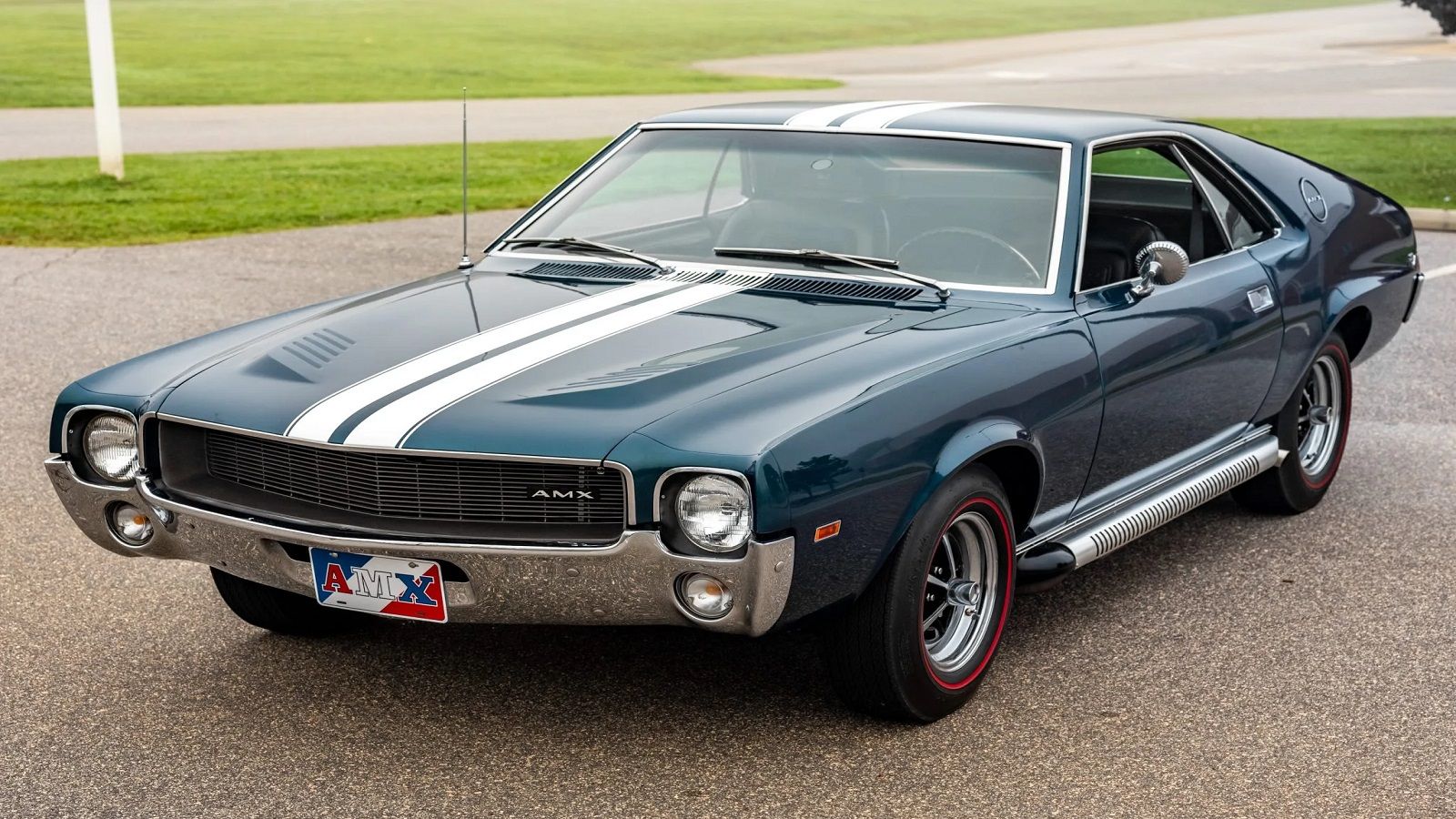
Designers such as Gale Halderman and Harley Earl are household names when it comes to classic automotive engineering, but the real heroes behind the scenes were automotive specialists such as Dick Teague. He was a designer that worked for AMC, a company that demanded great designs with as little investment as possible. Dick Teague and his team are specialists in such designs, as seen in the AMC Gremlin and the mighty AMC AMX. The AMX was not just a basic car, though, it was a muscle car designed for one purpose; to butt heads with the big three automakers from Detroit and shake the muscle car industry to its core.
8 The AMC AMX Was An AMC Javelin With A Face Lift
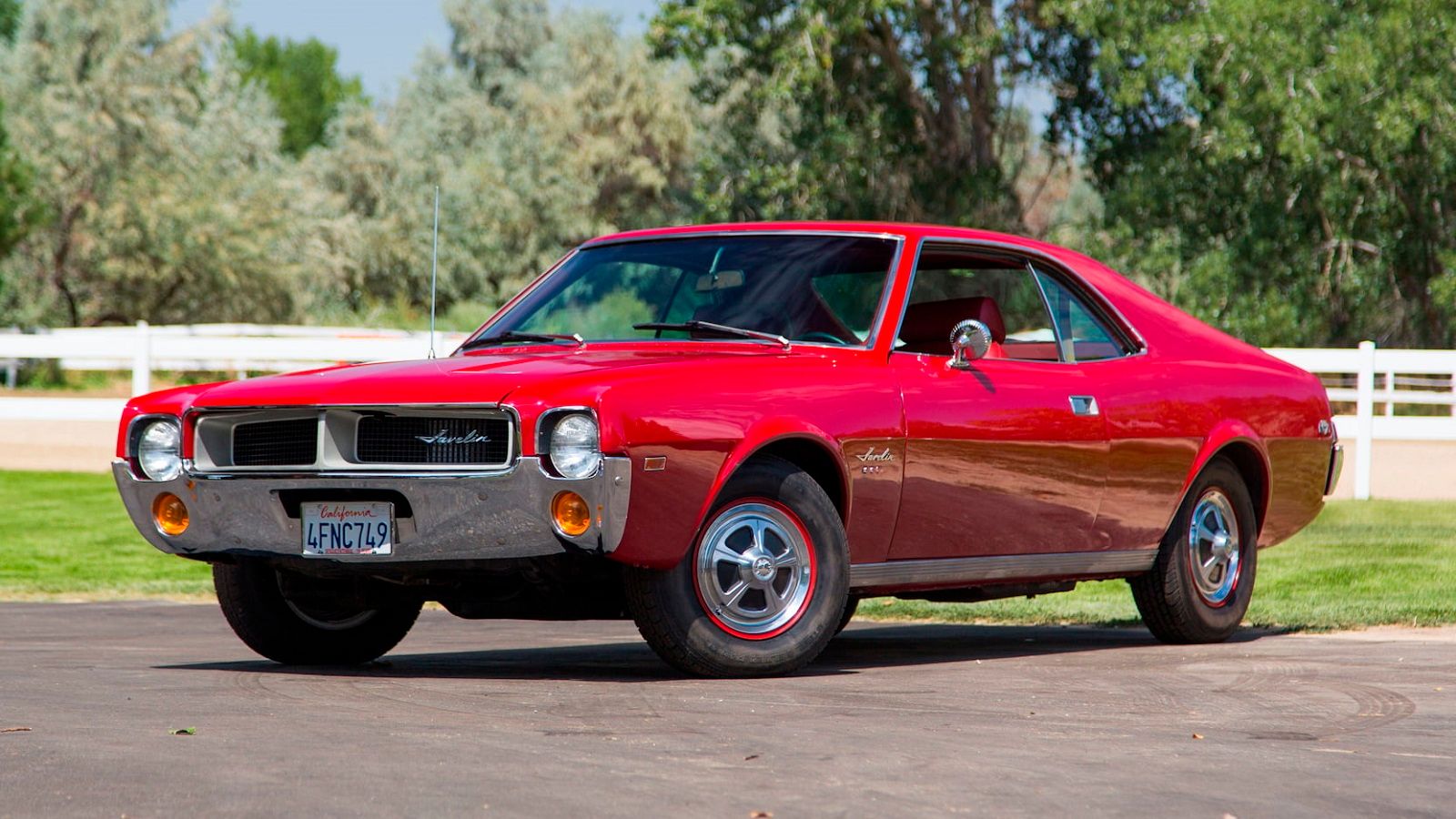 Mecum
Mecum
The AMC Javelin was the design the company planned to use to take on the Ford Mustang and Chevy Camaro in the muscle car industry, but they wanted more. The design team knew they had one more iconic car they needed to compete with; the Chevrolet Corvette. Since the Corvette was such a unique muscle car/performance car, the design team came up with the AMC AMX in an attempt to take some of the markets away from Chevy. Since AMC was not a financial institution, they had to use what was already available. The designers took an already-finished Javelin and made some simple changes to create the AMX. The new car was formed by changing the grill, the rear quarter panels, the hood, and the glass.
7 One Of Two American Two-Seat Performance Cars Was The AMX
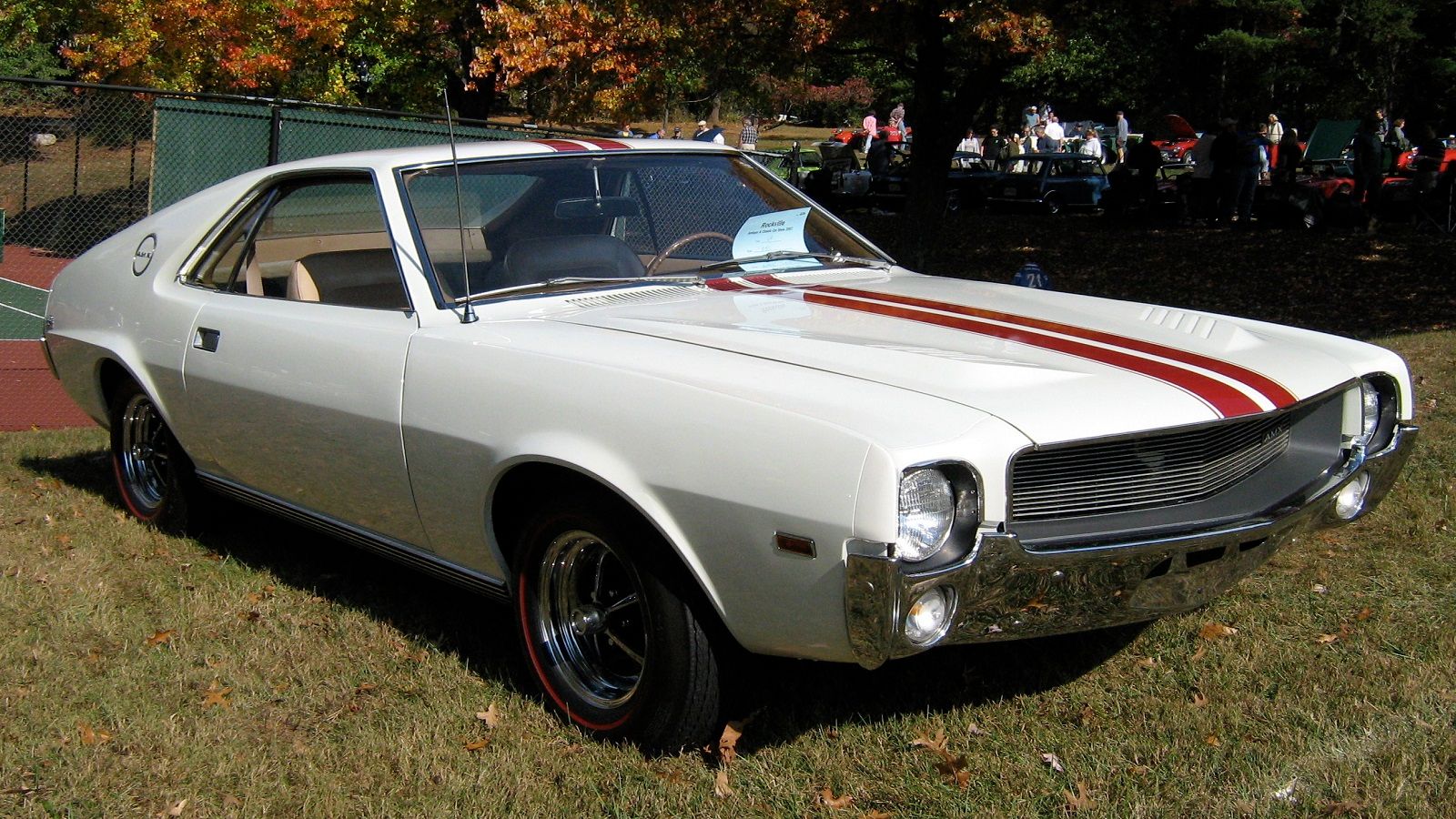
American muscle cars were what it was all about in the ’60s and early ’70s, but there were a few consumers that wanted performance as well as muscle. That is one area of the market that the Chevy Corvette had covered and controlled until the AMC AMX came onto the market. It was the only other two-seat sports car on the market designed and built by an American-based company. The price advantage went to the AMX because it was tagged at under $3,000, compared to the base-level Corvette that would run a buyer over $4,500. However, sales were not as good as expected because the advantage of reputation went to the already established Chevy Corvette.
6 AMX Was A Muscle Car That Was Also A Sports Car
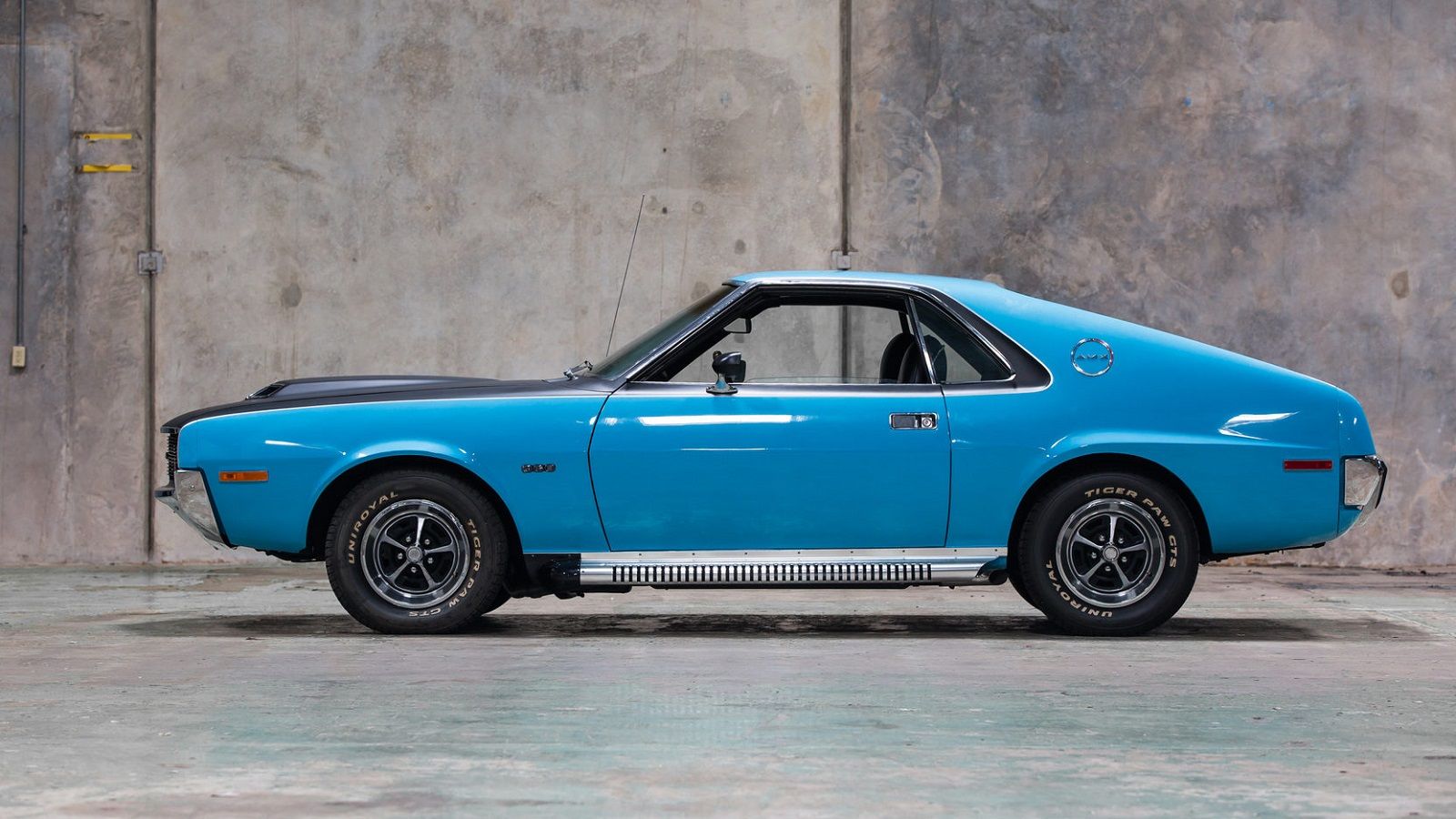 Mecum
Mecum
The Javelin may have been one of the best-known AMC muscle cars at the time, but the AMX was no slouch when it came to straight-line races. The biggest engine available in the car was the AMC 390, which could produce up to 325 horsepower and 420 foot-pounds of torque, pushing the AMX down the quarter-mile track in just over 14 seconds. But, the AMX was not only designed to compete from 0 to 60 or on the quarter-mile track, but it was also intended to compete on road courses, or as most from the era know, the nation’s back roads. The AMC AMX was a muscle car at heart, but a sports car in design, making it the master of both worlds.
5 The AMC 390 Was Underrated By Almost 100 Horsepower
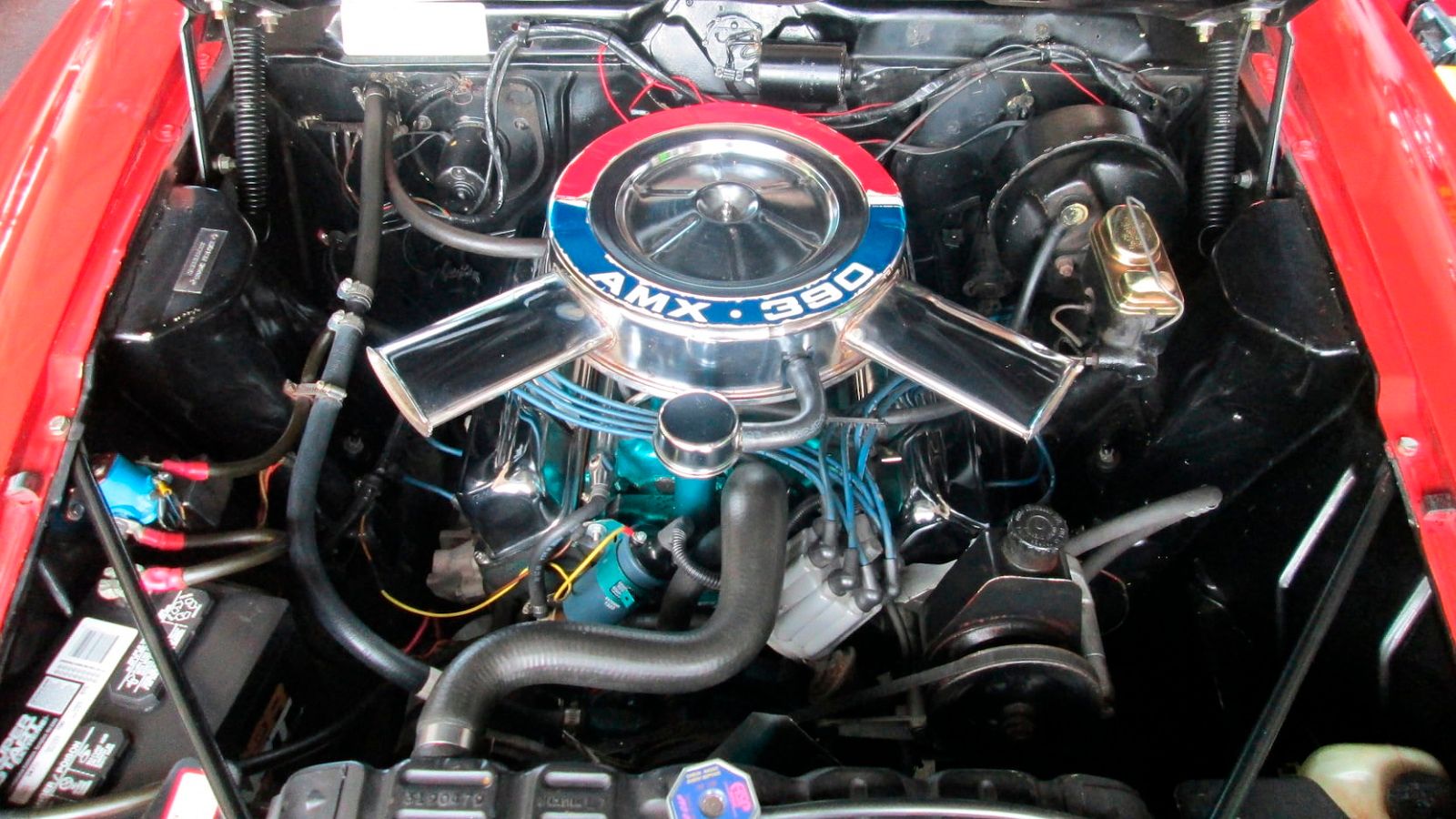
Like most muscle car engines of the ’60s and ’70s, the AMC AMX 390 was underrated to ensure it could meet the requirements set by sanctioned racetracks, such as NHRA and NASCAR. AMC claimed that the 390 pushed out 325 horsepower, creating a way for them to attempt domination on the race circuits without having to decrease the actual power of the engine. Unfortunately for AMC, the other big-name racing carmakers were doing the same thing, so the advantage did not go to them as much as they had hoped. The AMX still won some races until NHRA gave the AMC 390 engine an actual horsepower rating of 420, almost 100 more than what AMC had been claiming.
4 Cheaper Than The Other Muscle Car Models On The Market
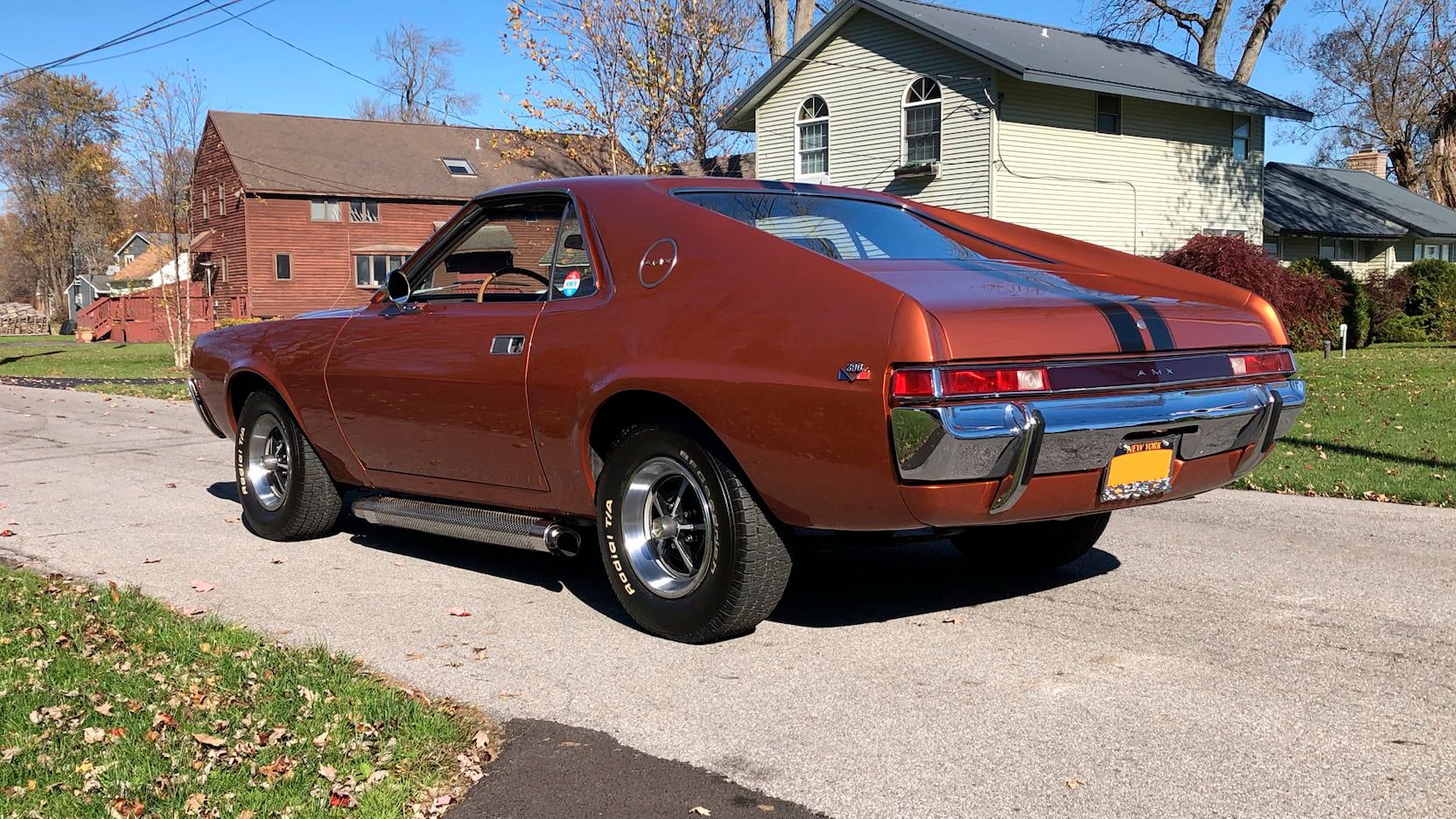 Mecum Auctions
Mecum Auctions
Even today, one thing that a carmaker can do to secure some sales in the industry is to offer a competitive muscle car at a price that is less than the competition. AMC did not have a problem covering significant production costs because they used what they had on the shelves. AMC did not have to produce nearly as many platforms or components as the big three did, so the cost of production was lower than its rivals. This allowed them to place a sales price lower than the competition. The AMX was less than the Corvette by $1,500, the Mustang by a couple hundred, the Camaro by almost $1,000, and the Charger by $600 or so. This gave AMC the price advantage, but just like with the Corvette, the muscle cars that sold the most were not AMC because the big three from Detroit already had a solid reputation for building top-of-the-line muscle cars.
3 AMX Was Dropped After Three Production Years
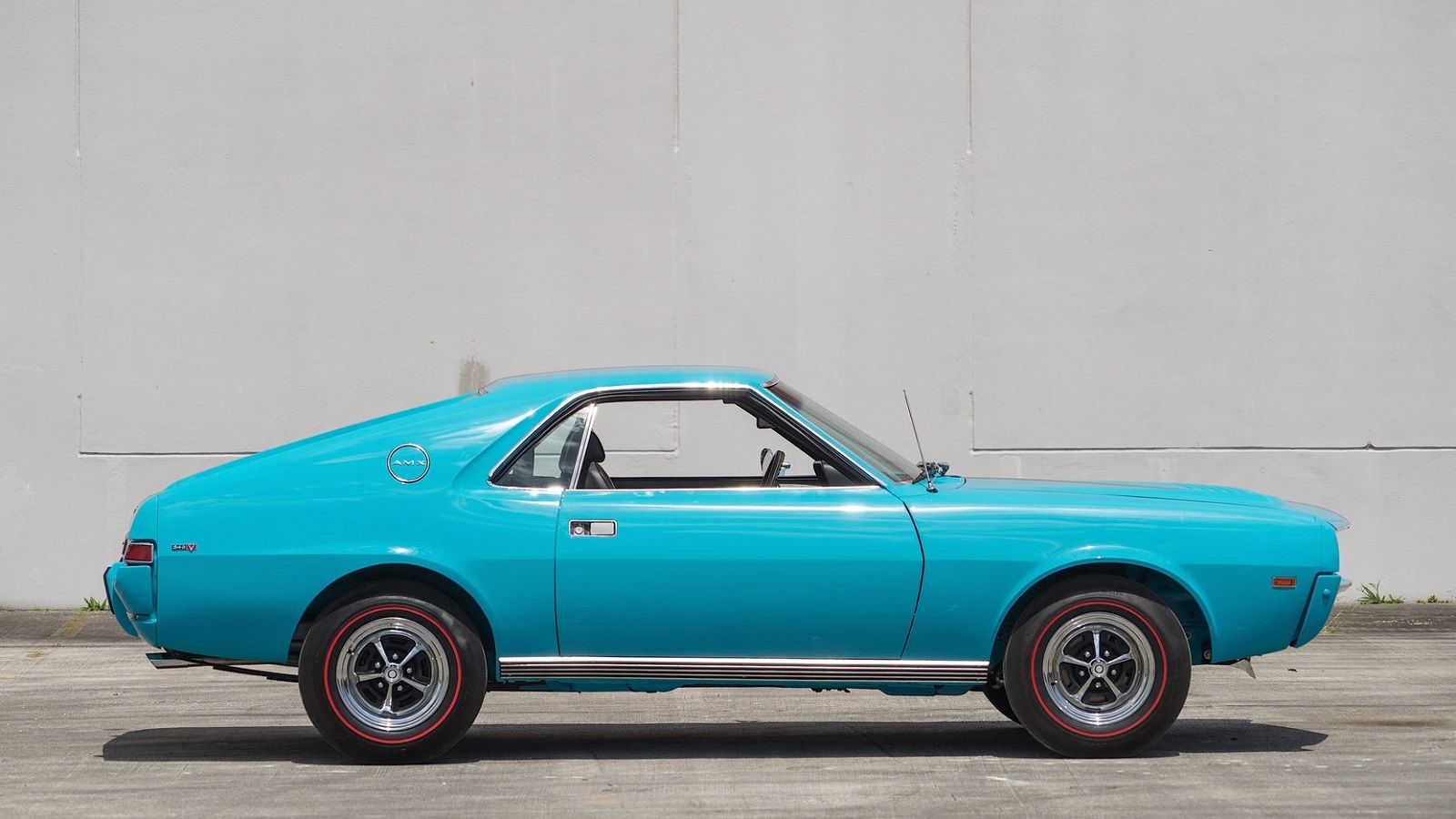
Unfortunately for AMC, the AMX simply came too late in the muscle car era because things were changing. The rising cost of insurance coverage for muscle cars and increased fuel prices made it hard for most average consumers to own a good-performance car. To top it off, the new emissions regulations that would be implemented basically killed the demand for the AMX before it even started. A decrease in sales brought about a decline in production, which circled around and created fewer sales due to availability. This circle spiraled the sale of AMX down within 3 years, causing the carmaker to discontinue the line of AMX to shift its efforts elsewhere.
2 1969 Hurst Modified AMX Super Stocks Met NHRA Requirements
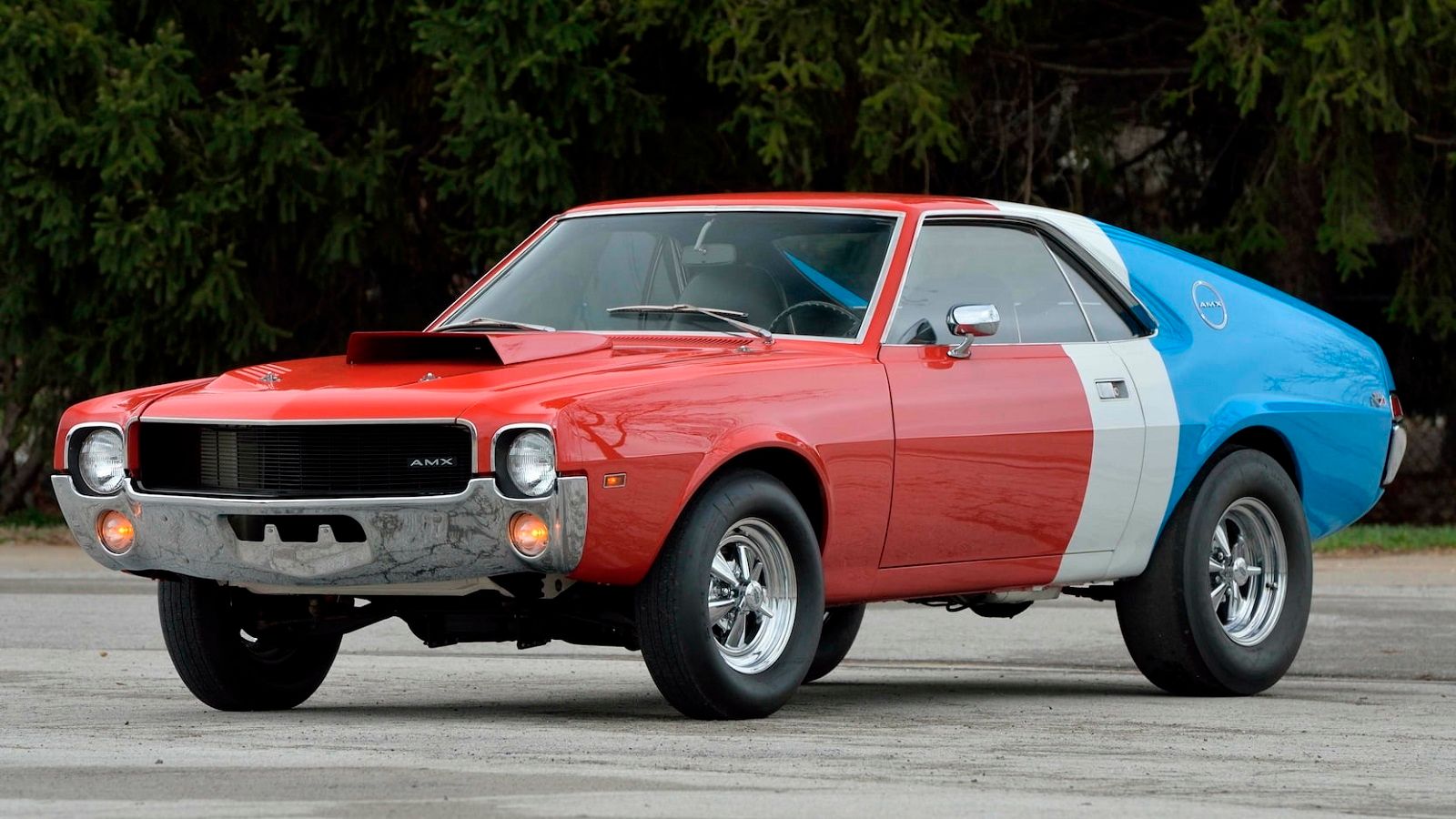 Mecum
Mecum
The AMC AMX that came off the production lines had a few engine options when it was ordered, but they all came with either a Borg-Warner four-speed manual transmission or a Borg-Warner M-12 Shift Command automatic. The company wanted something more out of the drivetrain, and the engine, so they sent 52 cars to Hurst in Michigan, from where the engines were shipped to Florida. Both locations made modifications that boosted the power, torque, and performance while staying within the NHRA guidelines (at least on paper). The Hurst-modified AMX Super Stock was a beast made to race, making it one of the most sought-after collectible cars today.
1 1969 AMX California Special Is Unique And Rare

In the three years of production, there were numerous special edition cars AMC produced, but not many are more unique than the California Special. It was a car only sold through Southern California car dealers in commemoration of the Riverside International Speedway. The vehicle was designed to be the pace car for the 1969 race, with replicas being sold to the public. They all had the 390 under the hood and were painted Go Green with black striping down the middle. An estimated 32 examples of the AMX California Special were produced, so it is one of the rarest AMX muscle cars ever built.
